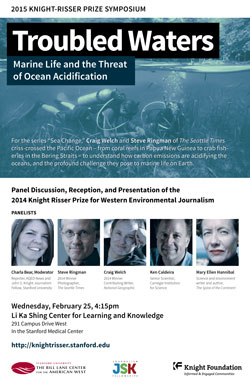
The Bill Lane Center for the American West, Stanford University
2015 Knight-Risser Prize Symposium
‘Sea Change:’ An Experiment in Multimedia Reporting on a Grand Scale
At the 2015 Knight-Risser Prize Symposium, journalists and scientists discussed the challenge of explaining slow-moving environmental changes in an impactful way. Exhibit A: The Seattle Times’ prize-winning series “Sea Change,” which explored ocean acidification, the lesser-known twin of global warming.
By Robin Evans
John S. Knight Journalism Fellowships
When Craig Welch and Steve Ringman began reporting on ocean acidification about five years ago, they encountered the first of many challenges.
Welch’s stories for the Seattle Times were revealing a worrisome development: some of the best minds in oceanography were beginning to suspect links between carbon dioxide emissions and declining oyster populations in the Pacific Northwest.
How were they linked? It turns out that about a third of all atmospheric carbon dioxide is absorbed by the oceans, where it causes water to become more acidic. In places where currents push these waters up from the sea floor, marine species, particularly shellfish, are being harmed: oysters, Alaskan king crab, and all the way down to organisms the rest of sea life feeds on.
“We’re talking about a huge issue for the whole globe,’’ Welch said. “This global thing was happening in our back yard.”
Yet the stories were getting little reaction, despite the potential impact of ocean acidification.
“Something at the bottom of the food chain is changing today – what pink salmon, whales and other fish eat,” Welch said. “I have a 6-year-old daughter and Steve’s got kids and grandkids. It’s hard to think this is what we’re leaving for them.”
He and Ringman talked about changing that. But how?
The journalistic and geographic odyssey that followed led to The Seattle Times' series, “Sea Change: The Pacific’s Perilous Turn,” winner of the 10th annual Knight-Risser Prize for Western Environmental Journalism. Welch's and Ringman's experiences reporting "Sea Change" also were the central theme of “Troubled Waters,” a public symposium and award ceremony at Stanford on February 25.
After receiving the award from James Risser, namesake of the prize and director emeritus of the John S. Knight Journalism Fellowships, Welch and Ringman gave a slide presentation describing the evolution of their project, then joined a panel discussion highlighting the ways in which “Sea Change” reflects important new trends and lessons for environmental reporting.
Also on the panel were the moderator Charla Bear, a KQED Public Media reporter and 2015 John S. Knight Journalism Fellow at Stanford, Ken Caldeira, a climate scientist at the Carnegie Institution for Science, and Mary Ellen Hannibal, a science writer and member of the 2012 Knight-Risser Prize winning team.
Some key points from the conversation:
- Big projects can benefit from external funding -- in this case, from the Pulitzer Center.
- Multimedia can make science stories more broadly engaging –– and easier to understand.
- Media attention can affect what issues scientists work on.
- Addressing environmental issues may depend on journalists, scientists, and the general public working together.
Complete Video of the Symposium Panel (Story continues below)
Pitching a Multi-Part Series With Global Reach
“Everyone cares about different things," Welch told the panel. “If you don’t care about crabs, you might not be interested in ocean acidification, but the global breadth had something for everyone,” Welch said.
So a multi-part global series is what they pitched to their editors. They also knew that to grab readers, they would need great visuals. “It’s chemistry … it’s not the sexiest thing in the world,” Welch said. “There’s not much to see, and it’s complicated.”
As luck would have it, a scientist Welch knew told him about coral reefs in Papua New Guinea where you could clearly see carbon dioxide bubbling up from the seabed. Moreover, scientists there were just finishing an undersea experiment that compared reef growth between acidic and the normal reefs. Tiles placed earlier in both areas were about to be dug up.
Next challenge? How to pay for the trip, a journey of “plane after plane after boat after boat,” Ringman recalled. Their editor was supportive but said they would have to find the money themselves.
Help arrived in the form of a $12,000 grant from the Pulitzer Center. Like cross-media collaborations, seeking grants –– or even launching Kickstarter campaigns –– is gaining steam as a new option for financially strapped media organizations seeking to fund important projects.
The ravishing visuals Ringman brought back from Papua New Guinea galvanized the Times’ editors, as did evidence from the experiment: while the tile in an unaffected part of the reef was full of coral growth, the area near the carbon dioxide vents was a brown mass of seaweed and algae. Their bosses at the Times were persuaded to support a much bigger project.

From Sea Change, a photographic comparison of tiles placed underwater off Papua New Guinea: the left tile shows a healthy reef, at right is a section that was placed near carbon dioxide vents.
“So much of doing a science story is thinking about what would it look like in the future. Here, we could actually see the changes,” Ringman said. “Beautiful coral reefs next to bad bubble spots. … Those slides helped our editors see we could do a really good, big job.”
Papua New Guinea is one of several spots around the globe, along with the Pacific Northwest, where such carbon dioxide releases are particularly strong. The visit also gave them a look at the impact of ocean acidification on a population dependent on the sea for food.
They got a second Pulitzer grant of $7,000 to go to Indonesia to report on a remote coastal village entirely dependent on coral reefs. And Ringman ventured out on rough Alaskan seas to photograph king crab fishermen, whose dwindling catches were newly being connected to ocean acidification.
Rallying the Newsroom to Make a Splash
The next task – and the next challenge – was to put the series together.
What started as an endeavor by two journalists ended up involving people from all across the newsroom. “At some point, there were 25 people sitting around the table. It was the biggest project the Times ever did,” Welch said.
Welch and Ringman had needed to learn to scuba dive, and Ringman to shoot video. The paper hired more video editors. Education writers were assigned to write about solutions.
This time their stories got a reaction – on social media and around the globe.
People using a poster from the project’s images made speeches on the floor of the U.S. Senate, Welch said. References to “Sea Change” were made at the United Nations. “It’s getting in front of the eyes of people who can make things happen.” Even a conservative senator from Alaska who thinks global warming is “hooey” now believes ocean acidification is real, he said. And he added that a condition of the Pulitzer grant requires them to present the project at schools.
Multimedia played a big part in getting people’s attention. In a way that text alone couldn’t, the visuals shrunk the distance between continents, between readers and the people directly impacted by the phenomenon.
“We had a video of a guy standing there talking about how fish aren’t around the bubbles any more,” Ringman said, referring to the waters around the carbon dioxide vents. “It was a simple tool to place people in Papua New Guinea.”
“A story like this lasts. The cross-platform format makes it accessible and I’m sure many school kids are being assigned to watch this,” Caldeira said. “If it was just on the front page of the Seattle Times and disappeared, it wouldn’t have the same impact.”
The Evolving Landscape of Environmental Journalism
It’s an important step for general-audience newspapers, where the environmental beat has often been victim to budget cuts. Mary Ellen Hannibal noted that there’s actually an abundance of environmental journalism being done, but it’s mostly found in niche science publications.
“Sea Change” also tried to engage readers with ways they could help, but Welch admitted it was mostly “small scale unless you get involved in politics.”
Hannibal pointed to the growing number of private citizens who are recording observations on a day-to-day basis, and using crowd-sourcing platforms to share them with scientists. It was a surfer, she said, who was the first to flag a decline in the number of sea stars, an important indicator of marine ecosystem health.
“I think once you get people out there helping make solutions, I hope this will be catching,” she said.
Addressing major environmental problems depends on reaching the average person, and the best vehicle for communicating to a broad audience is journalism, Caldeira said. He and other scientists have been researching ocean chemistry changes since the 1990s, but it was only when they began using the term “ocean acidification” that the concept began to catch on more widely. One of the roles of journalists, he said, is to translate that “weasely-worded science talk so the average person can understand it.”
“I think that’s the most effective way. The press has become important in the process of science. When the press pays attention, it actually affects what scientists work on.”
Read the 2014 Knight-Risser Prize winning story, "Sea Change" and learn more about the winners, Craig Welch and Steve Ringman.
The Knight-Risser Prize Symposium seeks to forge collaborative links between environmental research, education, journalism, and policy-making to enrich and support environmental journalism and make environmental research, scholarship and teaching relevant to the real world. The prize and symposium are sponsored by the John S. Knight Journalism Fellowships and the Bill Lane Center for the American West at Stanford University, with support from the John S. and James L. Knight Foundation.
Knight-Risser Prize Symposiums:
“When the Well Runs Dry: Confronting a Groundwater Crisis” 

January 2017 Knight-Risser Prize Symposium, January 25, 2017
“Breathless in Texas: Energy Production Puts Air at Risk” 

2016 Knight-Risser Prize Symposium, February 17, 2016
“Troubled Waters: Marine Life and the Threat of Ocean Acidification” 

2015 Knight-Risser Prize Symposium, February 25, 2015
“Deadly Measures: Uncovering a Little-Known Agency's Toll on Wildlife” 

2014 Knight-Risser Prize Symposium, February 5, 2014
“Wildlife, Wired: How Technology Is Changing Nature Reporting” 

2013 Knight-Risser Prize Symposium, February 20, 2013
“Adapting to Dry Times: The Role of the Media in an Increasingly Arid West ” 

2012 Knight-Risser Prize Symposium, January 25, 2012
“The Crisis in Western Environmental Journalism” 
November 2010 Knight-Risser Prize Symposium, November 17, 2010
“Visualizing the Environment” 
January 2010 Risser Prize Symposium, January 27, 2010
“Climate Change Hits Home”
December 2008 Risser Prize Symposium, December 3, 2008
“Environmental Fallout of the Cold War” 
March 2008 Risser Prize Symposium, March 13, 2008
“Water in the West: 21st Century Challenges in a 19th Century Legal Framework” 
2005 Risser Prize Symposium, November 1, 2005
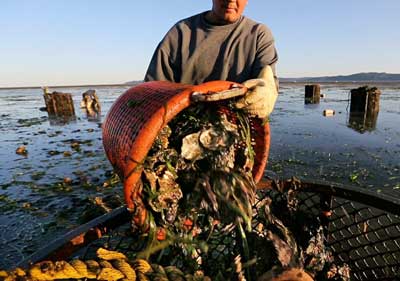
Some of the best minds in oceanography were beginning to suspect links between carbon dioxide emissions and declining oyster populations in the Pacific Northwest.
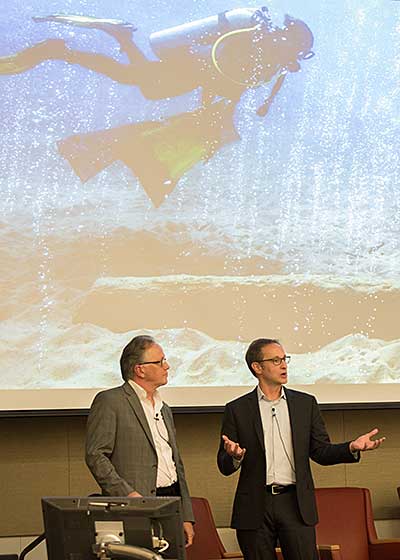
“We’re talking about a huge issue for the whole globe,’’ Welch said. “This global thing was happening in our back yard.”
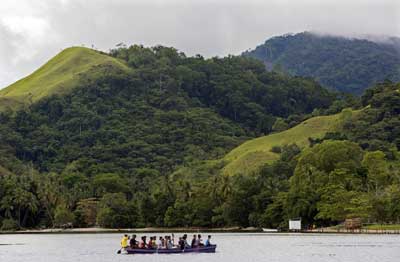
They also knew that to grab readers, they’d need great visuals. “It’s chemistry … it’s not the sexiest thing in the world,” Welch said. “There’s not much to see and it’s complicated.
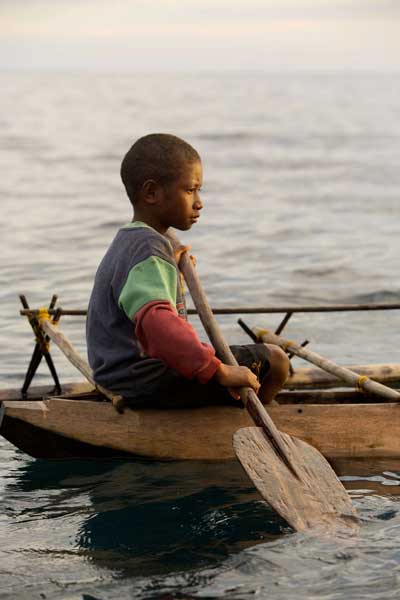
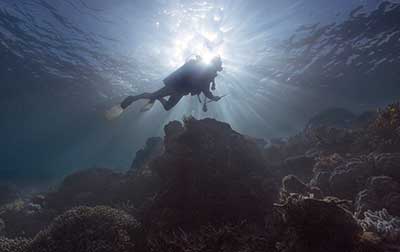
Help arrived in the form of a $12,000 grant from the Pulitzer Center. Like cross-media collaborations, seeking grants –– or even launching Kickstarter campaigns –– is gaining steam as a new option for financially strapped media organizations seeking to fund important projects.
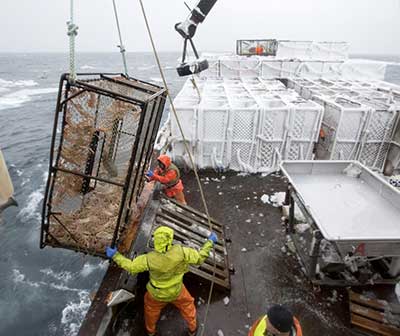
“Even a conservative senator from Alaska who thinks global warming is ‘hooey’ now believes ocean acidification is real.”
– Craig Welch
Texas Tribune, ProPublica

The Desert Sun and USA Today

CPI, InsideClimate News, The Weather Channel

The Seattle Times

The Sacramento Bee

High Country News

5280 Magazine

Seattle Post-Intelligencer

What Went Wrong?
The Seattle Times

San Antonio Express-News

The Los Angeles Times

High Country News




